Anigozanthos Bush Surprise Tissue Culture
$6.87
Anigozanthos Bush Surprise plant is a succulent that looks similar to the Black Bush. This plant grows on trees and can reach up to fifteen inches in height and the beautiful flowers are found on the tips of the large branches.
Out of stock
SKU: ANIBUS208105T
Category: Tissue culture
Anigozanthos Bush Surprise uses and Health Benefits:-
- The Anigozanthos Bush Surprise plant is a hardy plant that will tolerate most types of soil. If you live in an area that has poor drainage, this plant will thrive. The plants are not really invasive, as many people think they are. In fact, they are rarely ever seen by humans unless there is a severe storm or they come into contact with another plant that they should not be introduced to.
- This Anigozanthos Bush Surprise plant is a succulent that looks similar to the Black Bush. This plant grows on trees and can reach up to fifteen inches in height and the beautiful flowers are found on the tips of the large branches. is generally very easy to grow. You can often see small white berries on the large leaves. In early spring the plant will develop new shoots that form the plant’s foliage. If the plants are given a chance to mature they produce large clusters of small yellow flowers on the leaves.
- The Anigozanthos Bush Surprise plant is a semi-evergreen succulent. It is often mistaken for the False Ivy bush which grows close to fifteen feet in height. This plant does have one flower that will bloom after the plant has bloomed for three to five years. The flowers are found along with the tips of the large branches and are known as “seashells” because they resemble seashells.
- As it matures the Anigozanthos Bush Surprise plant produces long-blooming clusters of pink flowers along the large branches. If you plant this plant in a garden you should prune it regularly. The blooms and leaves will eventually disappear and the plant will produce tiny white berries that fall from the tree during storms.
- Although this plant does grow in large quantities, it is best planted in small patches so that the plants don’t compete with each other. If you plant the bushes close together they will cause a lot of debris to accumulate which causes the ground to drain slowly. Over time the ground will settle and your plants won’t receive enough sunlight and water to survive.
- The Anigozanthos Bush Surprise plant is not aggressive towards other plants. If you accidentally eat one of the large flowers that fall from the plants you won’t have to worry because the plant will quickly regrow the flower if the roots are not disturbed.
- It is very common to find this plant growing in the lawns of suburban neighbourhoods. because it is also very popular as a houseplant. It doesn’t require a lot of space in the landscape and it is easy to maintain as a houseplant.
- The Anigozanthos Bush Surprise Plant has been a favourite flower for hundreds of years. Its origins date back to Egypt and it is thought that it was originally used to treat fever. Since ancient times, the Anigozanthos Bush Surprise plant has been used to treat respiratory problems, allergies, cold sores and arthritis. Many people also believe that it can treat infertility.
- The Anigozanthos Bush Surprise plant doesn’t require much attention, as it will not need to be repotted. When you plant it outside it will produce small blooms throughout the year. It will usually require less water than other plants. In fact, the plant only needs one to two inches of water during the winter season and the rest of the time it is shade.
- If you plant your Anigozanthos Bush Surprise plant close to your home there are two options. One way to plant it is in a window where you can enjoy watching it bloom all year long or you can plant it in the ground. If you choose the first method be sure to water it thoroughly in the early morning and night before the weather turns chilly.
- If you plant the Anigozanthos Bush Surprise plant in the ground, you will not have to report the plant each year so you can allow it to grow without interruption. If you plan to transplant your plant it will take approximately three months for the plant’s roots to reach their full potential and they will spread the roots deep into the soil. Once your plant’s roots are in the soil, you will not have to water the plants in the summer as the root system will break down the plant waste and debris.
Be the first to review “Anigozanthos Bush Surprise Tissue Culture” Cancel reply
Related products
Tissue culture
$6.87
Tissue culture
$6.87
Tissue culture
$7.74
Tissue culture
$7.74
Tissue culture
$7.53
Tissue culture
$9.33
Tissue culture
$7.74
Tissue culture
$4.50

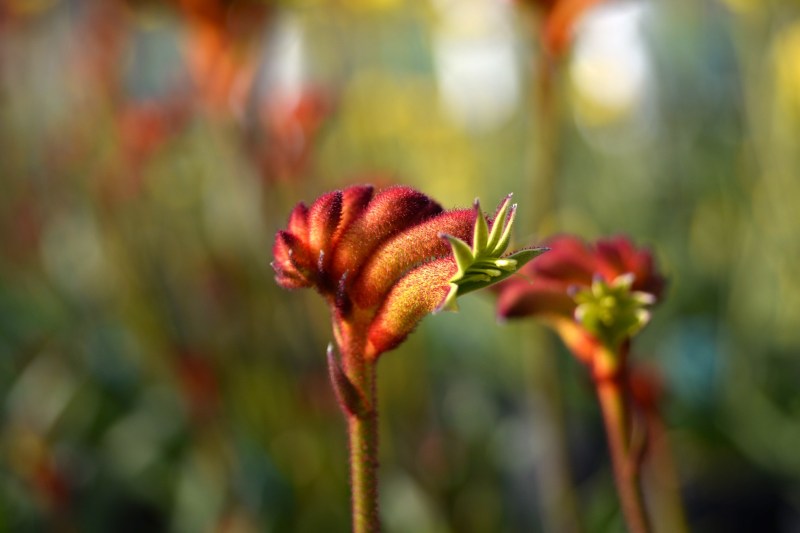
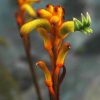
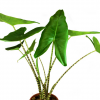
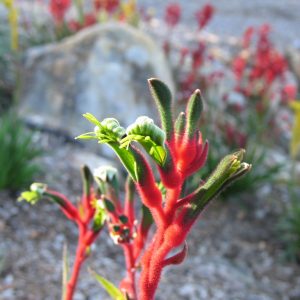
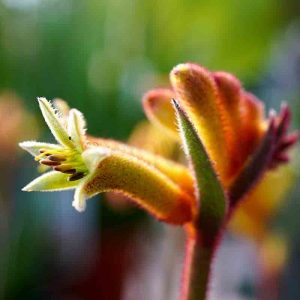
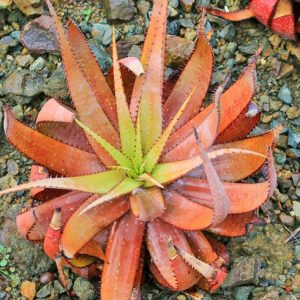
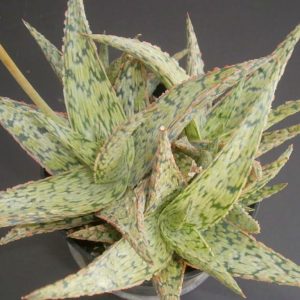
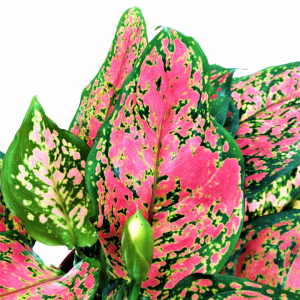
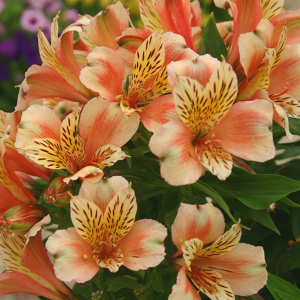
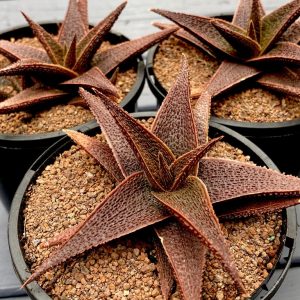
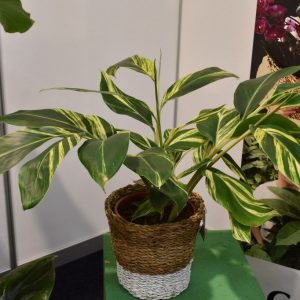
Reviews
There are no reviews yet.